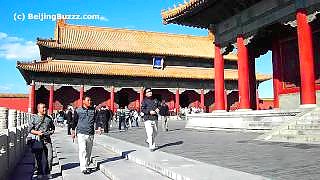Filmed in May 2011.
[640],shadow=true,start=62,stop=

Live more ...
 Tibet (XiZang) 西藏 scenes …
Tibet (XiZang) 西藏 scenes …Filmed in May 2011.


|
With Redacted and Whitney Webb.
Who is really the string puller in the West, and what are they up to. The plan for neo-feudalism ...
|

|
TiānMén Shān lies near the city of ZhangJiaJie ...
|

|
GuangXi province.
With Walk East ...
|

|
Korean vocal girl group.
Be My Baby - The Ronettes ...
Barbara Ann - Beach Boys ...
Summer Love ...
|

|
With DuckTravel ...
|

|
它出淤泥而不染,濯清漣而不妖,一池荷花,一桌菜
|

|
|

|
Views of the Palace Museum ...
|

|
With Shut-up and Travel ...
|